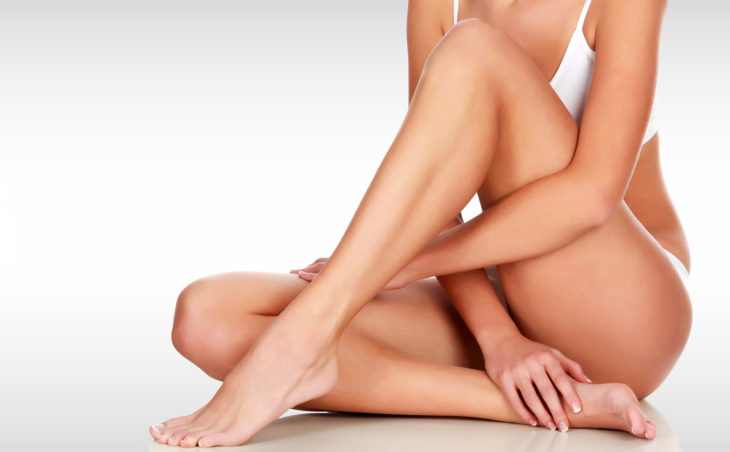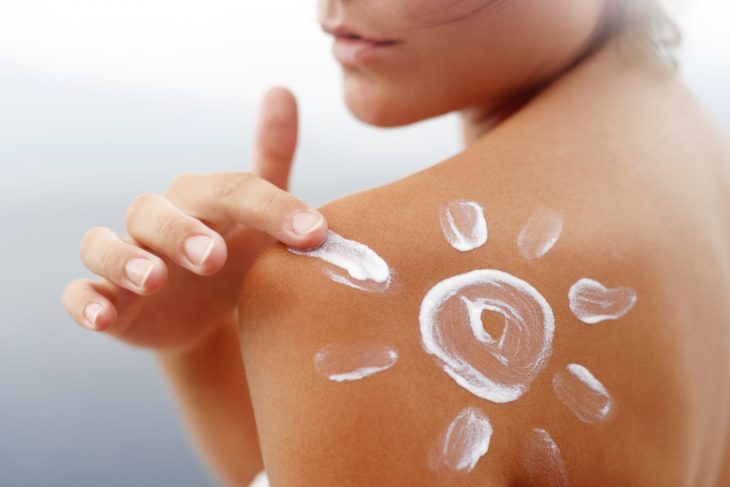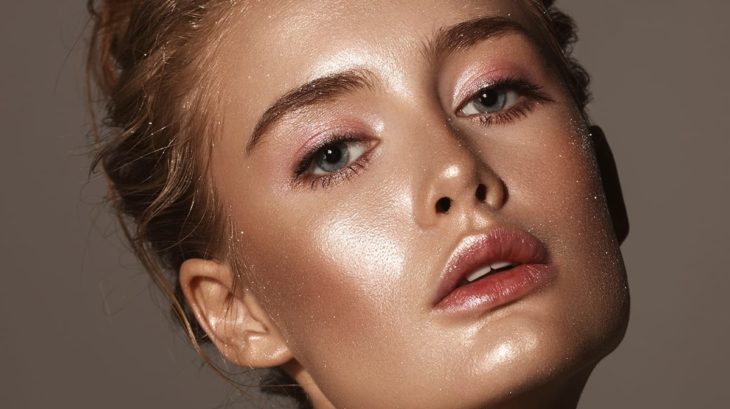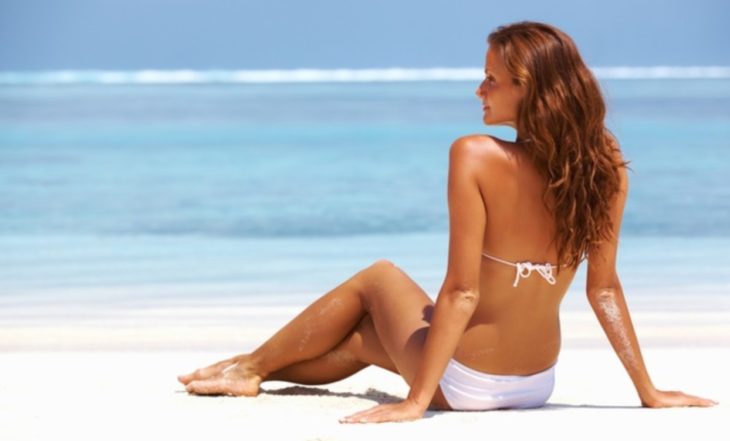Could I get a tan? Should I get a tan? I’ve asked myself these questions countless times since I first came to realize I looked borderline cadaverous. Now, more than a decade later, I have the answers.
You may look around you and notice people come in just about every color. As most of us know, this all boils down to ultraviolet radiation (UV) from the sun. As humans evolved and lost their fur, their bare skin had to adapt to being confronted with the heat and light of a great fiery ball in the sky. Enter melanin. This ancient molecule, made in the skin by pigment cells called melanocytes, reacts to sunlight. When we’re soaking up rays, melanocytes pump melanin into nearby skin cells, and as those cells migrate to the surface, they protect the body. The more melanin, the greater the protection, and the darker your skin.

Source: Modelowanie Sylwetki
But if melanin is such a well-decorated skin solider, why are there so many people with fair skin?
Because there are some parts of the Northern Hemisphere that receive much less UV rays than equatorial regions, so as early humans migrated out of Africa, their skin got lighter over time where UV wasn’t so strong. Let’s think of it this way: skin color is only a biological adaptation to an environment.
As we humans have mixed, mingled, and moseyed all over creation, especially in the United States, our skin has become less of a geographical delineator and more of an ethnic, cultural, and social canvas. For some, our skin color does not reflect biological adaptation as much as personal taste and pigment manipulation. In the height of the Roman Empire, pale was in. A milky visage was associated with the aristocracy, since those of higher status could lounge around their houses, whereas land workers and peasants would tan from spending so much time outdoors. Then a labor shift hit in the 20th century, and no longer was working synonymous with being in the sun. Looking sun-baked became a signifier that you lead a life of leisure by the pool. This still holds true today; look at the basketball hue of Donald Trump’s face.
Though many find a nice, bronzed glow looks “healthy” for everyone except Tan Mom, the pigment absorption of the UV rays is an attempt by your body to protect itself from UV harm. Why do some unfortunate souls absorb UV rays, but instead of turning darker, they resemble fried pork? There are two types of ultraviolet light: UVA rays, with longer wavelengths that tan your skin and cause deep harm, and UVB rays, with shorter wavelengths, that kill your surface skin and cause a burn as blood rushes to help the dead cells. In addition, everyone has different ratios of pigmentation in their skin. Eumelanin is the type of pigment that produces the desired brown tan. While, phaeomelanin is the type of pigment that just makes you red. Studies show red heads and blondes produce more of the latter pigment, and little of the browning one, and that’s why they are more likely to come home from the beach a lobsterback. With these variables, the truth is: some of us really can’t get a tan. And you know what? That’s okay.

Source: Harmony Skin and Wellness Clinic
There is no healthy way to get a natural tan if you don’t have naturally darker skin. If you have acquired a tan, you’ve racked up skin cell damage, no matter what way you play it. Exposure to UV rays breaks down your skin’s elasticity and collagen. This can give you the Benjamin Button effect. Though you may be young at heart, you will look like a withering grandpa. You can damage your eyes, increase your likelihood of getting cataracts, weaken your immune system, and make yourself more prone to sickness. Not to mention most importantly that tanning leads to all types of skin cancer. UVA rays may seem like they’re not turning you pink, but they cause the deadliest form of skin cancer–malignant melanoma. These frying waves damage your body’s DNA, causing mutations that can debilitate your body’s anti-cancer defense system.
Some hear this and jump to the tanning bed to get a fast and supposedly UVA-free tan. That’s a dire mistake, and not just because you might look a little too Snooki. Those who tan indoors are 74% more likely to develop melanoma than those that have been bathing under the real deal. The radiation zipping down from those tanning bulbs triples the sun’s effects. Goggle lines and cancer? Just say no to the bed.
This all seems alarming, but there is good news for some. Those born with darker skin are constantly producing melanin, whether they are inside or outside, and thus, they are the least likely to develop skin cancer because their body has always been defending itself against UV rays. And for the porcelain portion of us who can’t bear to bare ourselves, spray tans can make you inhale harmful chemicals like DHA, but tanning lotions are still getting the approval from doctors.

Source: Medium
Let’s not forget that the sun isn’t completely evil. We need the sun to get our dose of Vitamin D, which provides us with stronger bones and a tougher immune system. About fifteen minutes of unprotected sun play a few times a week is all we need to get our boost. So, what do we do for the rest of the day? Peak sun hours are between 10 a.m. and 4 p.m., and if we can’t stay vampiric shut-ins, we should be looking for the shade at times like these. Fashion’s favor seems to have smiled upon us this year, because big hats, maxi dresses, and big sunglasses not only make us look fine, but are exactly what we need for our skin to stay fine. Finally, applying sunscreen or sunblock of at least an SPF 15 should become a daily habit every few hours. But watch out for the crap and do your research! Most sunscreens only prevent sunburn and not skin cancer. We need full spectrum protection without any chemicals that can degrade and promote free radicals. All of these sizzle-free solutions should be used with one another.
Skin, our largest organ, really matters. We are naked primates, after all. So, we must take care of our skin like the gorgeous canvas and trusty carrying case it is. While my untanned skin used to be a source of shame for me, science puts me at ease. Research can give us all some peace of mind: The safest color for our skin to be is the color it was when we were born. Know your skin and cherish it as is. Natural, undamaged skin is the skin that lasts longest, letting us touch our loved ones, be held by them, and feel around our experiences into old age. It might not be a perfect tan, but that’s the healthiest look I can think of.

Source: Source: Chase The Trend
This piece originally appeared on Kate-book.com. It is written by the hyper-inquisitive Kate Hakala, who seeks to answer questions ranging from “What is kombucha?” to what you read above. Follow her on Twitter here.
